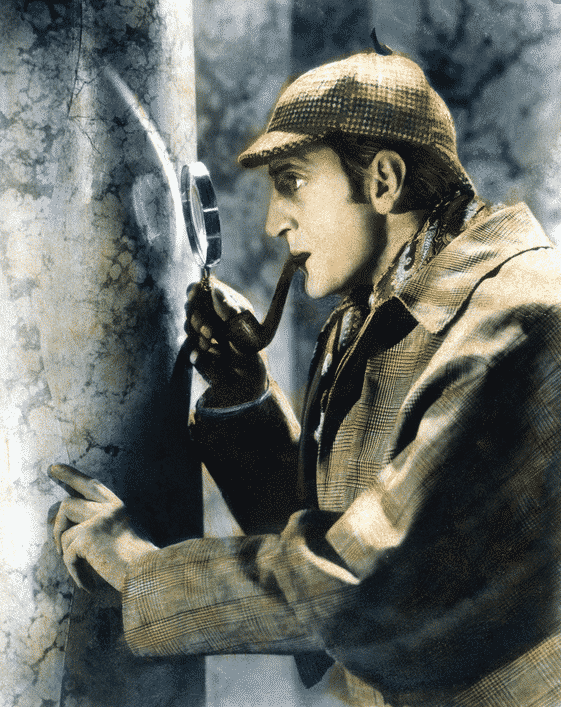
Sherlock Holmes is a fictional detective in Arthur Conan Doyle’s Sherlock Holmes stories. Famous for his deduction skills, he is an esoteric character, this making him more entertaining as the readers try to guess what his next steps will be.
During the Victorian era, which is when the Sherlock Holmes stories were written, the Metropolitan Police had been founded, and using scientific methods to solve crimes was rare.
This meant that, for Victorian readers, Holmes’ methods were new to them, making him more captivating and unique. Holmes appeals to modern readers as well, as they try to understand his personality.
At many different points in the Sherlock Holmes stories, Doyle presents Holmes as infallible. Holmes is described by Watson in ‘ Scandal in Bohemia’ as “the most perfect reasoning and observing machine that the world has seen”.
The use of the metaphor “machine” suggests that Holmes is perfect and constantly working to solve the crimes he is faced within the books. This quotation shows us Holmes’ faultless ability to reason and observe, thus making him a better detective.
The Sherlock Holmes stories were written from Dr. Watson’s perspective who, like the average reader, does not share Holmes’ amazing skills, and so presents him as perfect. This might have been used by Doyle to entertain the reader by presenting them a character who is never wrong, which is seen in ‘The Red-Headed League’ and ‘The Blue Carbuncle’.
As this presentation of Holmes is seen throughout the books, it would require specialist knowledge in order for one to truly understand him. We know that it is possible to understand him because he was outsmarted by Irene Adler.
Furthermore, Doyle makes Holmes seem inscrutable. In ‘A Scandal in Bohemia’, Watson describes Holmes through the metaphor “grit in a sensitive instrument, or a crack in one of his own high-power lenses, could not be more disturbing than a strong emotion in nature such as his”.
This metaphor presents an enigmatic character, the idea of mechanization suggested by “high-power lenses” working against Holmes’ emotional side. “Sensitive instrument” might also remind the reader of Holmes’ violin playing, which is first mentioned in the first Sherlock Holmes book, ‘A Study in Scarlet’.
Music-making is also heavily associated with strong emotions, making him seem less machine-like. Holmes’ emotional side is also explored in ‘The Blue Carbuncle’, where he lets James Ryder go free. This metaphor perhaps betrays Watson’s and the common reader’s inability to understand what Holmes’ nature is really like.
Doyle might have presented Holmes as impossible to understand to make him more entertaining for the audience; however, we later learn that Holmes is not impossible to understand as he is outsmarted by Adler.
Moreover, Doyle presents Holmes as mercurial. This is seen in ‘The Red-Headed League’, when Watson describes Holmes as “wrapped in the most perfect happiness… his gently smiling face and languid dreamy eyes were as unlike those of Holmes the sleuth-hound’.
Through this description of Holmes, Doyle shows the reader Holmes’s dual-nature: his manic, detecting side and his quiet, introspective side. The use of the metaphor “wrapped” shows how Holmes is not focused on the outside world, while “dreamy” suggests that he is in a trance-like state. When combined, these two quotes show Holmes’ quieter side.
In contrast, the metaphor “sleuth-hound” acts as evidence of Holmes’ relentless side because dogs are known for their energetic nature. “Sleuth-hound” also acts as further evidence of Holmes’ incredible observational ability; this is because sleuth-hounds are dogs used to track and find people or objects.
This may have been used by Doyle to make Holmes more captivating for the audience by making them wonder what Holmes is thinking when he is in his different states and how each side of his dual-nature will eventually help him solve the mystery. Because of Holmes’ changing and unpredictable personality, it is clear that only people with special knowledge of his two sides would be able to understand him.
